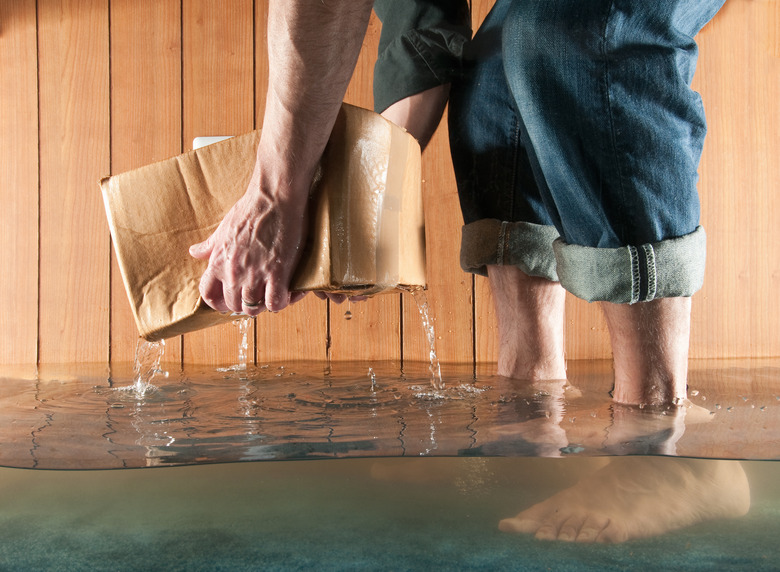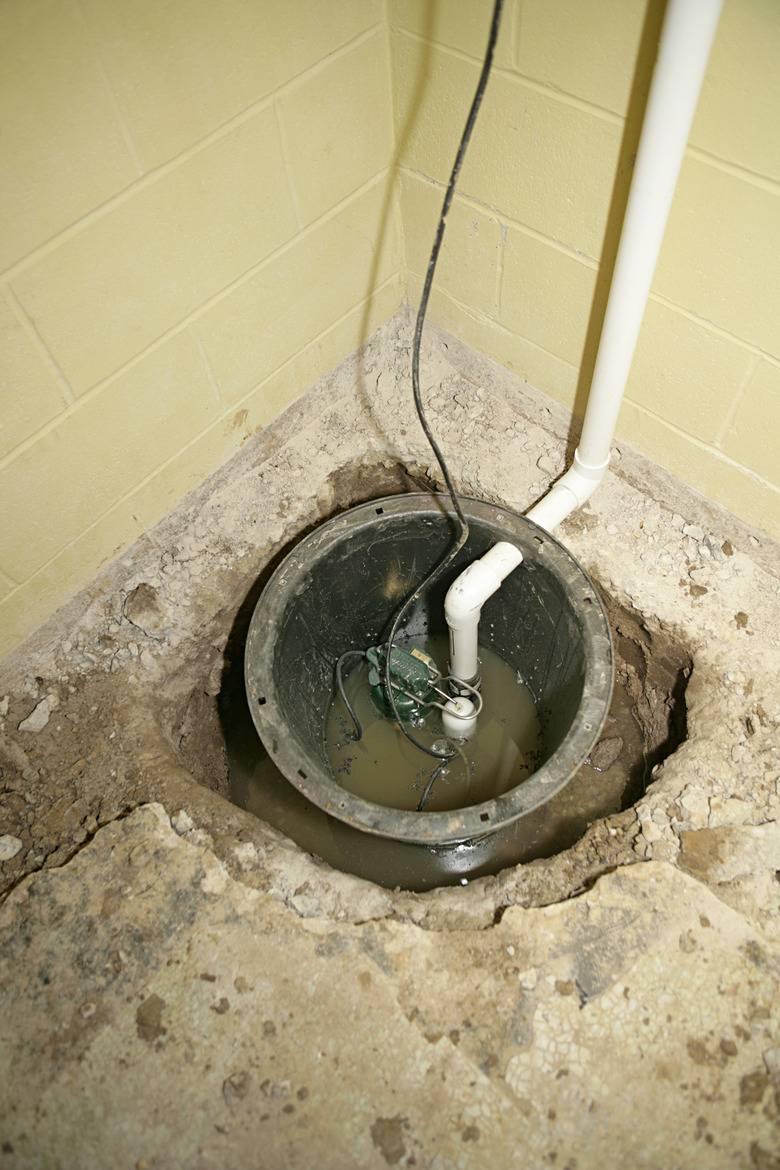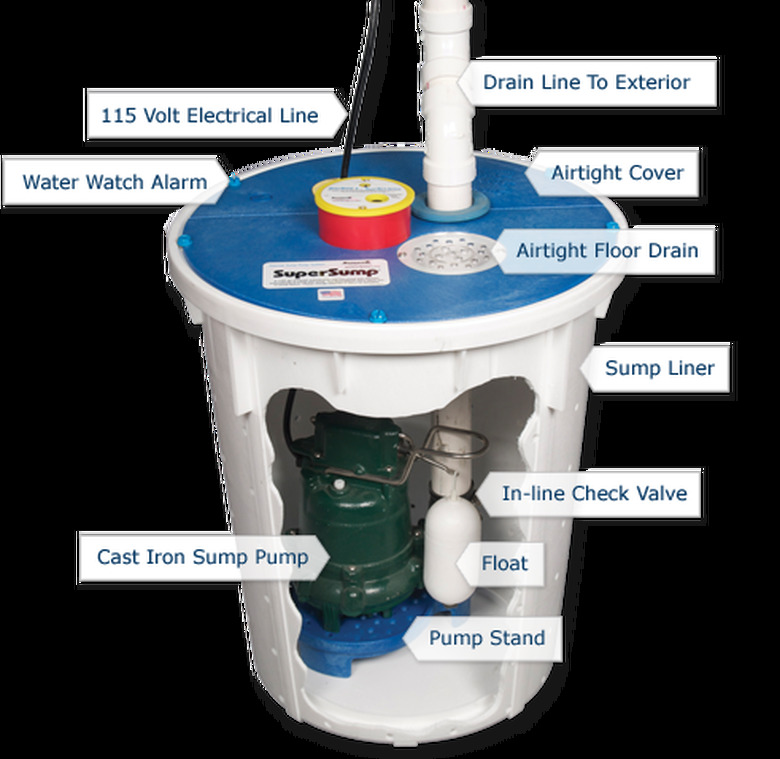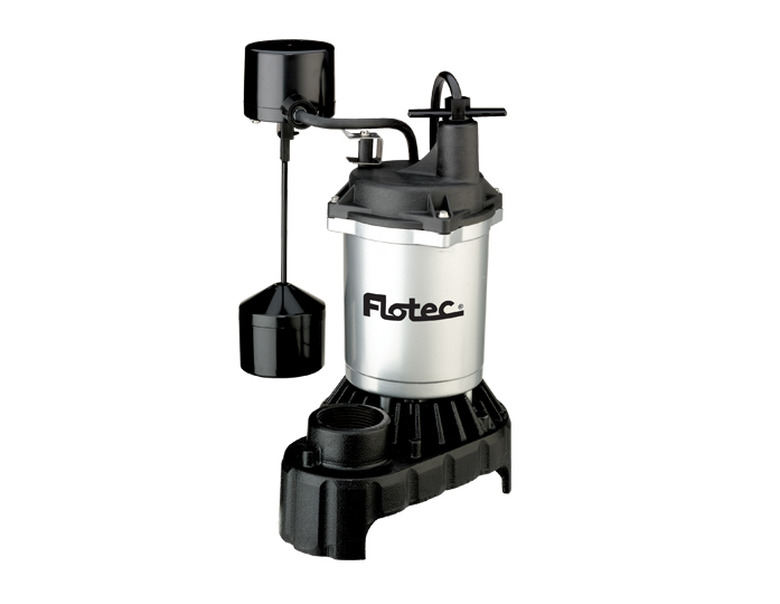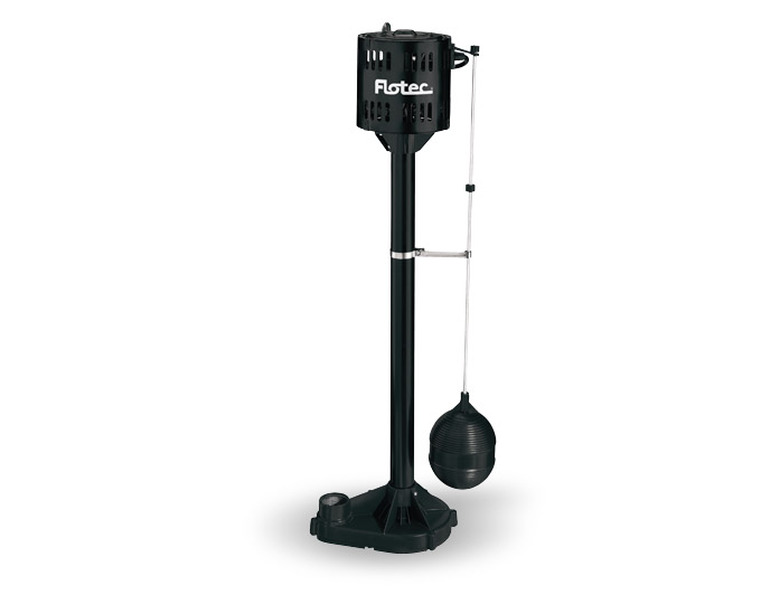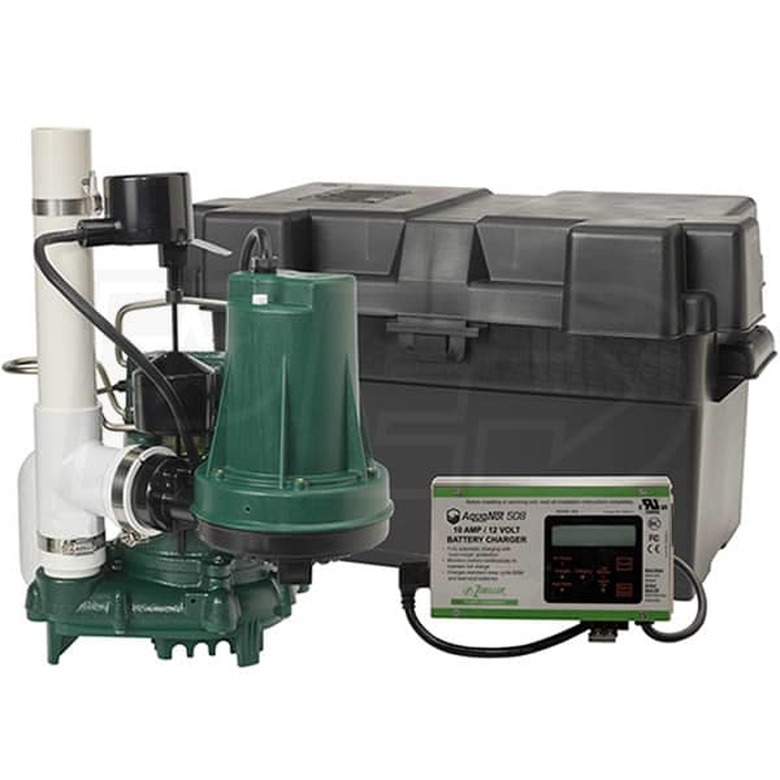What Is A Sump Pump?
A sump pump is the main piece of equipment in many home basement drainage systems. It sits inside a sump pit, or basin, which collects water from under-floor drains or drain tile, runoff from the floor surface or migration of water through the soil. When the pit fills up, the sump pump turns on automatically and sends the water up and out through a pipe, draining it to the outdoors or into a sewage or storm drain system. Sump pumps can also be used for various water-moving jobs around the house, such as draining spas or swimming pools or removing surface water after a flood.
How a Sump Pump Works
How a Sump Pump Works
A sump pump has a spinning motor that turns a fan-blade-like impeller, which spins the water against the pump housing through centrifugal force. This creates a low pressure (suction) effect that draws water from the bottom of the pump and pushes it upward through a discharge pipe. The pump comes with a short discharge pipe attached to the unit, and you connect this to a longer discharge pipe in your home, using a rubber coupling and hose clamps.
Critically, the discharge piping contains a check valve that allows water flow in only one direction. This prevents the water in the pipe from flowing back down into the pit after the pump shuts off. Another important feature is screening on the bottom of the pump that filters out debris from the water, which can damage the motor if it gets inside.
The pump motor is activated automatically by a float switch or a pressure switch. A float switch works just like the fill valve in a toilet, turning on when the float rises with the water and turning off when the float drops. A_ pressure switch_ senses water pressure in the sump pit—more water equals more pressure—and turns the pump on and off accordingly.
Types of Sump Pumps
Types of Sump Pumps
There a two basic pump types and several different pump setups. The most common type used for basement drainage is the submersible pump, which has a watertight design and sits inside the pit. The entire unit can be submerged in water. The other type is a pedestal pump, which has a motor unit that mounts above the pit to stay dry, with a tube that extends down into the pit to extract the water. Submersible pumps are larger, quieter and more expensive than pedestal pumps, and they tend to have higher flow rates.
A basement sump system may have one of three types of pump setups or configurations. The simplest and least expensive is a single, or "primary," pump that plugs into a standard electrical outlet and runs only on house power. A second setup includes two pumps—a standard primary pump plus a secondary "battery backup" pump. The secondary pump can run on battery power, so that if the household power goes out and the primary pump is disabled, the secondary pump runs by its battery. Most battery backup pumps can also run on household power so they don't use up the battery when the power is on. Backup pumps also can work at the same time as primary pumps to help discharge water faster during a heavy rain or flooding. Also, if the primary pump malfunctions or burns out, the backup pump will take over whether the house power is on or off.
A third configuration is a single combination unit that includes both a primary pump and a battery backup pump within the same unit. This offers the same benefits as having both a primary and a secondary battery pump, but in one convenient package.
Battery-powered sump pumps use deep-cycle batteries, such as those used in boats and solar power systems. Car batteries are not suitable for this application. Many battery systems include an alarm that alerts you when the battery is being used. This is because the battery will run out of power after 4 or 5 hours of use—which means about a day, due to the on-off cycling of sump pumps. Therefore, they provide backup protection only for a limited time before the battery is out of power and must be recharged.
Additional Uses for Sump Pumps
Additional Uses for Sump Pumps
Since sump pumps are the mechanical answer to bailing out water, you can use them in place of a bucket, a shop vacuum or a natural siphon system. Sump pumps are designed to move large amounts of water quickly, but they're not designed to run continuously or to remove water with debris or solids in it. With this in mind, you can use a sump pump to:
- Drain spas, hot tubs and some swimming pools; however, large pools may overwork a pump
- Relocate landscape surface water, provided you can keep mud, silt, rock and other debris out of the pump
- Empty stock tanks and other large vessels holding clean water
- Remove water from the floor of a flooded basement
- Drain a water heater tank
In all of these applications, you can attach a garden hose to the pump to move the water. When using a pump outside of a pit, be sure to plug it into a GFCI-protected electrical outlet to minimize the risk of electrical shock. Because sump pumps are not suitable for continuous use, they are not recommended for fountains or other water features. Even though a sump pump may work for such an application, it will burn out quickly and won't run as efficiently as a true fountain pump.
